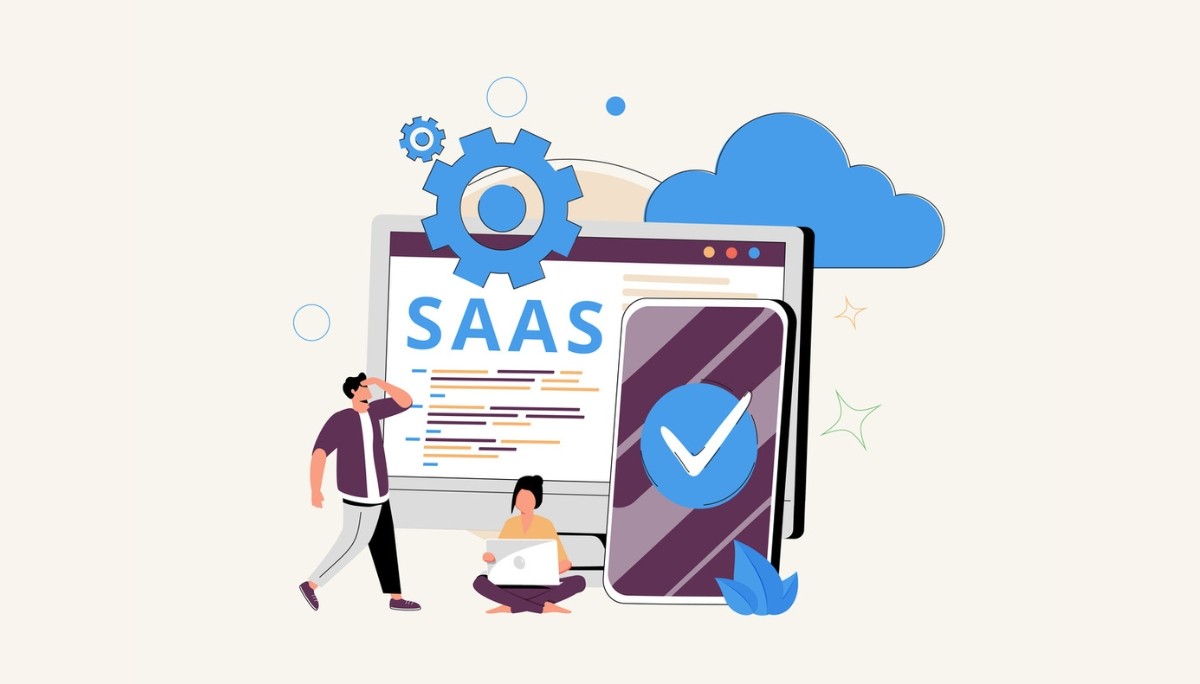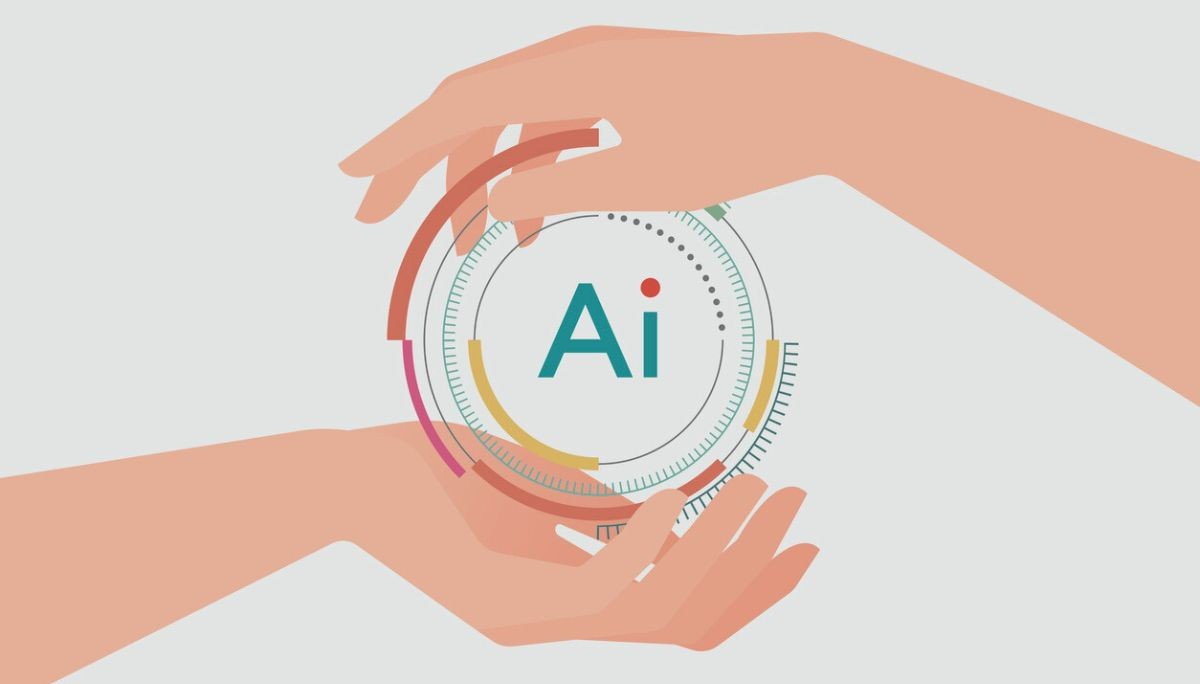Serverless Computing Architecture, Functions & Real-World Use Cases
By
Liz Fujiwara
•
Oct 17, 2025
Looking for practical serverless computing use cases? Serverless architecture has emerged as a transformative approach in modern software development, allowing businesses to build and deploy applications without managing underlying infrastructure. By abstracting server management, serverless solutions enable developers to focus on writing code while automatically handling scaling, availability, and resource allocation.
This article explores how businesses are leveraging serverless computing for a variety of applications, including real-time data processing, microservices, AI and machine learning workloads, and event-driven automation. Whether you’re a developer, architect, or business leader, these examples demonstrate the practical benefits and transformative potential of serverless computing in today’s fast-paced digital landscape.
Key Takeaways
Serverless computing enables efficient real-time data processing, allowing businesses to quickly derive insights while reducing operational costs through a pay-per-use model.
Its modular architecture supports microservices, making integration, deployment, and scaling of applications easier while minimizing the need to manage underlying infrastructure.
Additionally, serverless computing enhances business process automation and AI applications by providing dynamic resource allocation, letting developers focus on application logic without worrying about infrastructure management.
Serverless Computing for Real-Time Data Processing

Serverless computing is transforming real-time data processing by offering a cloud model where infrastructure and application scaling are automatically managed by the provider. This enables developers to focus on application design and functionality without worrying about server management. With 40 percent of companies worldwide adopting serverless architectures, its relevance and impact are clear.
A key benefit of serverless computing in real-time data analytics is its ability to deliver low latency and high bandwidth, enabling faster insights and decision-making, essential for industries that rely on real-time data. Serverless applications can generate insights in seconds rather than minutes, significantly boosting responsiveness and efficiency.
Additionally, serverless functions triggered by specific events, such as user actions, allow businesses to optimize resources and reduce costs effectively. Cloud providers charge on a per-invocation basis, so users only pay for the compute resources they actually use. This pay-per-use model lowers operational overhead and accelerates the time-to-market for applications, which is critical for meeting real-time data demands.
Stream Processing Workloads
Serverless architectures are particularly effective for processing large volumes of streaming data, making them ideal for applications that require immediate analytics. In an event-driven architecture, real-time notifications from event producers trigger processing routines, ensuring timely and efficient handling of data.
Serverless computing also acts as a flexible intermediary between cloud services and on-premises systems, enabling seamless event-driven integration. A notable example is Coca-Cola’s mobile pouring application, which uses serverless architecture to deliver a scalable and efficient solution.
Massively Parallel Compute
Serverless computing supports massively parallel computations, allowing rapid processing of large-scale data tasks. This capability is especially useful for:
Data search and processing
MapReduce operations
Web scraping
Business process automation
Hyperparameter tuning
Monte Carlo simulations
Genome processing
Serverless platforms dynamically allocate resources based on demand, executing tasks efficiently and at scale. This reduces operational complexity, improves performance, and makes serverless computing a preferred choice for compute-intensive workloads and scalable serverless workflows.
Serverless Solutions for Microservices Architecture

Microservices architecture benefits significantly from serverless computing, as it allows complex applications to be decomposed into smaller, manageable services. This modular approach simplifies development and scaling, with each service independently deployable and manageable.
A key advantage of serverless microservices is their seamless integration with other managed services, which reduces operational overhead. Businesses can automate workflows without managing underlying infrastructure, allowing developers to focus on application logic and innovation.
Additionally, serverless architecture provides a cost-effective solution, as companies only pay for actual resource usage, eliminating expenses associated with idle capacity.
Stateless Application Development
Stateless applications, such as chatbots and IoT solutions, do not retain data between executions, making them particularly well-suited for serverless environments. The key distinction between stateful and stateless applications lies in their data retention capabilities, with stateless applications discarding information between sessions.
Serverless platforms also excel in handling file intake processes by automating data validation and enrichment. For example, using AWS Lambda and Step Functions, large files can be split into smaller chunks for parallel processing, improving performance and reducing development cycles.
API Backends
Serverless functions can act as backend endpoints for APIs, offering enhanced scalability while minimizing server management requirements. These functions can seamlessly interact with third-party services within a serverless environment, expanding their multi-function capabilities.
API gateways handle essential tasks such as routing and client management while providing security features, OAuth3 support, rate limiting, and custom domain integration. This makes serverless computing an excellent choice for building APIs, processing real-time events, and executing scheduled tasks automatically with Amazon API Gateway.
Business Process Automation with Serverless Computing

Serverless computing is a game-changer for business process automation, enabling rapid application development, dynamic scaling, and a pay-per-use model. This approach enhances cost optimization by minimizing infrastructure management, allowing resources to be allocated directly to business processes.
With serverless computing, developers can focus on translating business logic into application code instead of managing servers. Data scientists also benefit, as they can concentrate on model development without worrying about infrastructure, leveraging Function-as-a-Service (FaaS).
Improved developer efficiency is a key advantage, empowering teams to focus on writing code rather than handling underlying infrastructure management.
Batch Processing
Serverless environments are ideal for managing high-volume, repetitive data jobs, allowing them to scale efficiently based on demand. This is particularly useful for tasks such as:
Data enrichment
Transformation
Validation
Image processing
Audio normalization
A notable example is Liberty Mutual, which processes 100 million transactions monthly using AWS, demonstrating the cost advantages of batch processing in serverless computing. Resources incur no cost when idle, making it a highly efficient model.
Scheduled Tasks
Serverless architectures also facilitate the automation of scheduled tasks, eliminating the need for manual intervention. These tasks can be triggered based on specific timings or events, enabling efficient management of repetitive processes.
Routine operations, such as weekly report generation, can be automated to enhance operational efficiency and reduce the workload on human resources.
AI and Machine Learning Applications in Serverless Environments

Serverless computing supports AI and machine learning by automatically scaling resources, enhancing performance, and reducing costs. This technology enables the efficient development and deployment of advanced AI and machine learning applications, offering key benefits such as automatic scaling and cost efficiency.
By dynamically allocating resources based on demand, serverless computing optimizes performance and accelerates experimentation and development cycles. This makes it an ideal choice for AI and machine learning workloads leveraging serverless technologies, services, and offerings.
Training Models
Dynamic resource allocation in serverless platforms accelerates the training of AI models by adjusting resources based on demand. This enables efficient utilization of computing power and enhances performance for compute-intensive tasks.
Serverless platforms allocate resources on the fly during model training, ensuring that large-scale data processing tasks are handled efficiently and effectively.
Real-Time Inference
Serverless functions facilitate real-time inference, enabling immediate responses and decisions in AI applications. By automatically scaling based on the number of requests, serverless functions allow applications to make decisions quickly and efficiently.
Utilizing serverless functions for real-time inference ensures that data inputs are processed instantly which is crucial for time-sensitive AI applications.
Hybrid Cloud Strategies with Serverless Computing

Serverless computing supports hybrid cloud strategies by providing agility, flexibility, and scalability for fluctuating workloads in cloud computing. This enables organizations to dynamically allocate resources across various cloud environments, enhancing operational efficiency.
OpenShift Serverless offers portability and consistency across hybrid and multi-cloud environments, facilitating seamless integration. By utilizing serverless computing within a hybrid cloud framework, organizations can respond more effectively to changing demands.
Integration with On-Premises Systems
Serverless architectures enable existing on-premises applications to trigger cloud functions without requiring infrastructure management. These platforms can securely connect to on-premises databases and services, allowing seamless interaction between cloud and local resources within a serverless framework, including serverless databases.
This integration increases operational efficiency and provides scalability, enabling smoother transitions to hybrid models.
Multi-Cloud Deployments
Deploying serverless applications across multiple cloud providers enhances redundancy and improves overall system performance. This approach leverages the strengths of different providers to optimize performance and increase availability.
Using serverless applications across various cloud infrastructures provided by cloud service providers can significantly improve system resilience and resource optimization.
How Fonzi Makes Hiring AI Engineers Efficient
Fonzi is revolutionizing the hiring process for AI engineers by connecting companies with pre-qualified talent through specialized Match Day events. This innovative approach gives companies access to top-tier, pre-vetted AI engineers, streamlining the hiring process.
Fonzi supports both early-stage startups and large enterprises, accommodating hiring from the first AI hire to the 10,000th. It prioritizes candidate experience, ensuring strong engagement and accurate role matching.
Structured Evaluations and Fraud Detection
Fonzi increases the credibility of its evaluations by integrating fraud detection mechanisms into the hiring process. Through automated systems, Fonzi ensures evaluations remain objective and minimize biases, resulting in fair and high-quality assessments.
The platform also conducts bias audits to maintain fairness, distinguishing itself from black-box AI tools or traditional job boards.
Fast, Consistent, and Scalable Hiring
The hiring timeline is significantly reduced with Fonzi, with many placements completed within three weeks. This efficiency is achieved through streamlined candidate screenings and precise role matching based on skills, ensuring consistent and scalable hiring.
Fonzi’s approach increases hiring consistency while remaining cost-efficient and scalable, effectively meeting the needs of organizations of all sizes.
Comparison of Serverless Use Cases
Modern cloud computing environments support a wide range of use cases and features designed to enhance performance, scalability, and efficiency. From real-time data processing to automated task scheduling, these capabilities empower organizations to innovate faster and operate more efficiently. The tables below outline common use cases and their benefits, followed by key platform features and their descriptions.
Use Cases and Their Benefits
Use Case | Benefit |
Real-Time Data Processing | Delivers low latency and high bandwidth for faster insights and decision-making. |
Stream Processing Workloads | Enables efficient handling of large volumes of streaming data. |
Massively Parallel Compute | Offers dynamic resource allocation for large-scale data processing tasks. |
Microservices Architecture | Provides modular and scalable services for easier development and deployment. |
Stateless Application Development | Ideal for chatbots and IoT solutions, ensuring efficient execution without data retention. |
Features and Their Descriptions
Feature | Description |
API Backends | Provides scalable backend endpoints with enhanced security and authentication features. |
Business Process Automation | Reduces infrastructure management requirements and optimizes operational costs. |
Batch Processing | Handles high-volume data jobs efficiently and scales based on workload demands. |
Scheduled Tasks | Automates routine operations and eliminates the need for manual intervention. |
AI and Machine Learning | Supports automatic scaling and cost efficiency for model training and real-time inference. |
Summary
Serverless computing has emerged as a transformative technology, offering unparalleled benefits across various domains. From real-time data processing and microservices architecture to business process automation and AI applications, serverless architectures deliver low latency, dynamic scaling, and cost efficiency. These advantages allow businesses to focus on innovation and application development without the burden of managing infrastructure.
As organizations continue to adopt hybrid cloud strategies and multi-cloud deployments, serverless computing will play a crucial role in enhancing operational efficiency and optimizing resources. By utilizing the power of serverless technologies, businesses can remain agile and responsive in an ever-evolving digital landscape.




